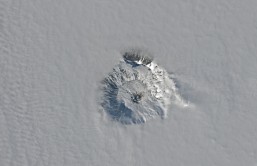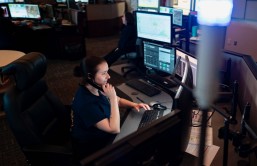Apple Inc. has received a patent to develop solar panel technology built into a flexible, mobile touchscreen device.
The patent, No. 8,730,179, describes a device with a solar array built into a layer that features touch sensors, according to TechCrunch. Fitting the sensors in a flexible display module would save space in electronic devices.
The patent has been updated from a previous version granted to Apple. The first version had a similar description, but did not include a display in the touch-sensitive surfaces. The system was instead described as being only for touch-sensitive surfaces.
Apple filed both patent applications on Sept. 30, 2008, Mac Rumors reported.
"Integrated touch sensor and solar panel stack-up configurations that may be used on portable devices, particularly handheld portable devices such as a media player or a phone are disclosed," the recent filing reads. "The solar cell stack-up configurations may include one or more touch sensor layers and one and one or more solar cell layers. By integrating both the touch sensors and the solar cell layers into the same stack-up, surface area on the portable device may be conserved."
The solar panel in the new device can be mounted facedown in the stack-up, which means it would face away from the user and back into the device. As a result, the solar panel cannot work in an "optical sensing mode", in which the solar array could be used instead of, or with, the capacitive touch layer, Apple Insider reported.
The solar panel has to have light piped into the device through light channels when facing away from the touch solar array. Either a parabolic reflector or fiber optics can be used as the light channel system.
The technology may not be the gadget's main energy source, due the amount of power a mobile device needs to absorb, as well as the limited power that solar charging provides, Mac Rumors reported.
However, the technology can be a back-up power source, or possibly lead to improvements in the system.
It has not been determined whether Apple will produce an iPhone or iPad with the technology, Apple Insider reported.
Michael Nathaniel Rosenblatt, Benjamin Lyon, Steve Porter Hotelling, Gordon Cameron, John Benjamin Filson and Cameron Frazier are credited as the inventors of the patent.








